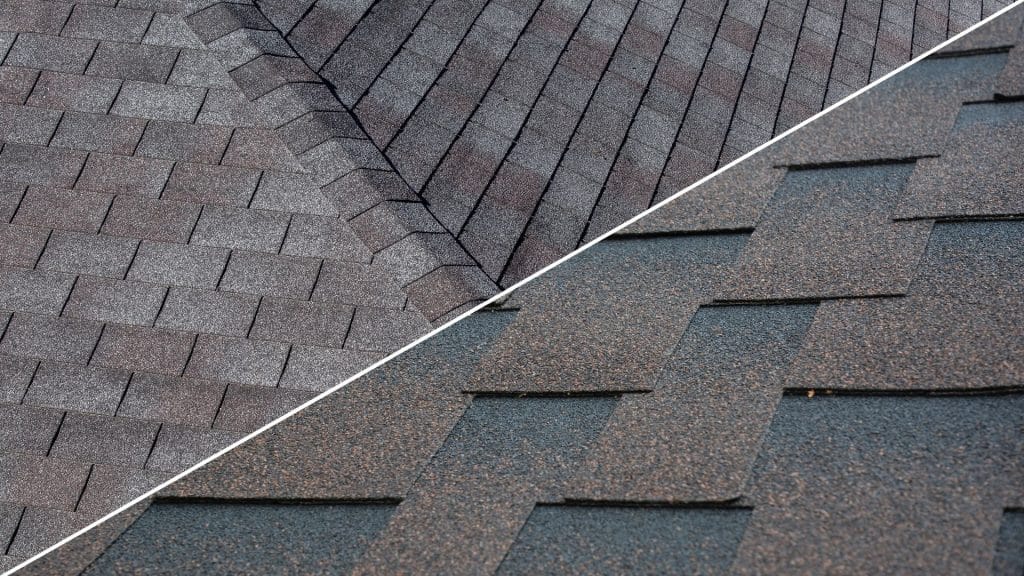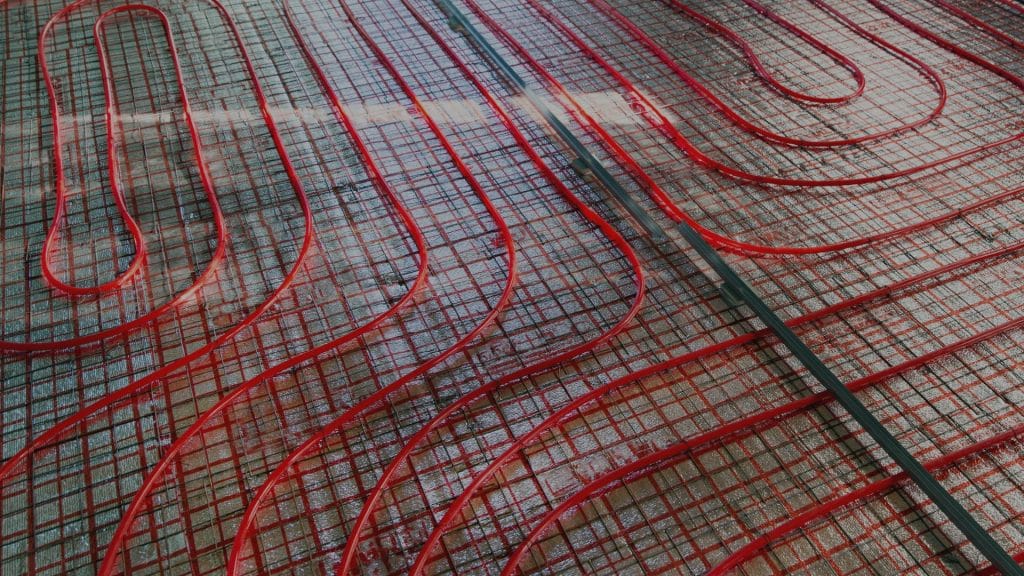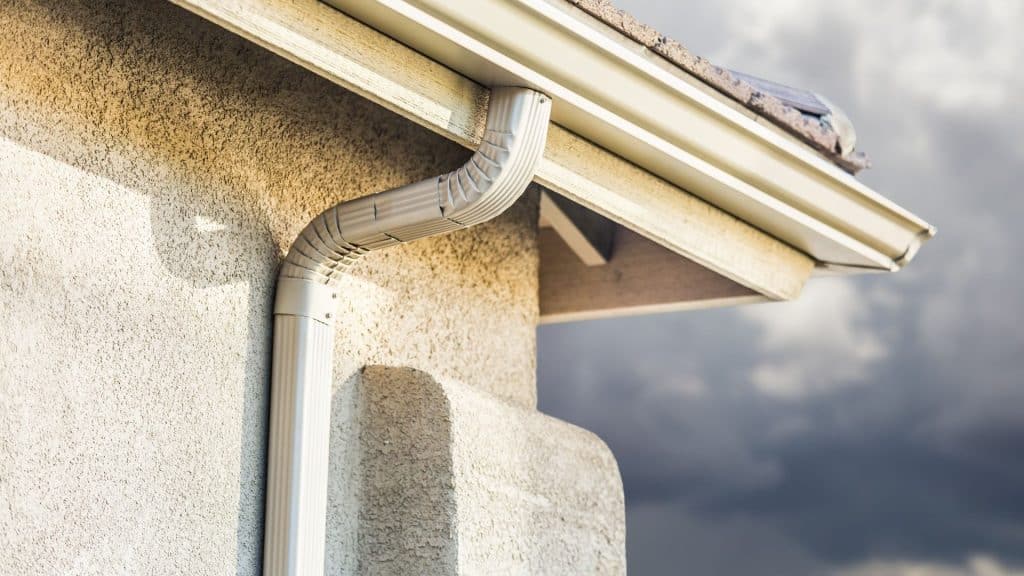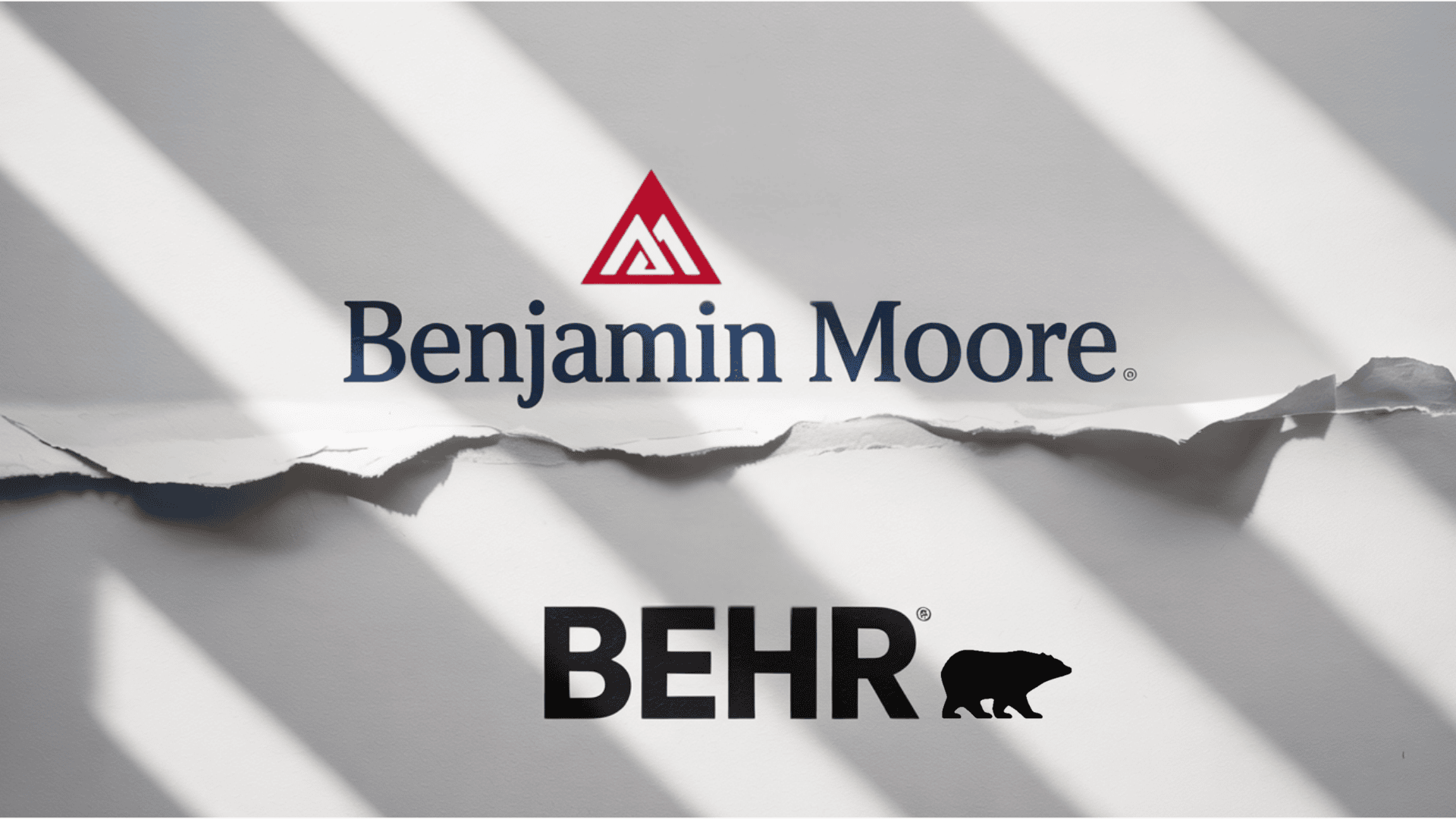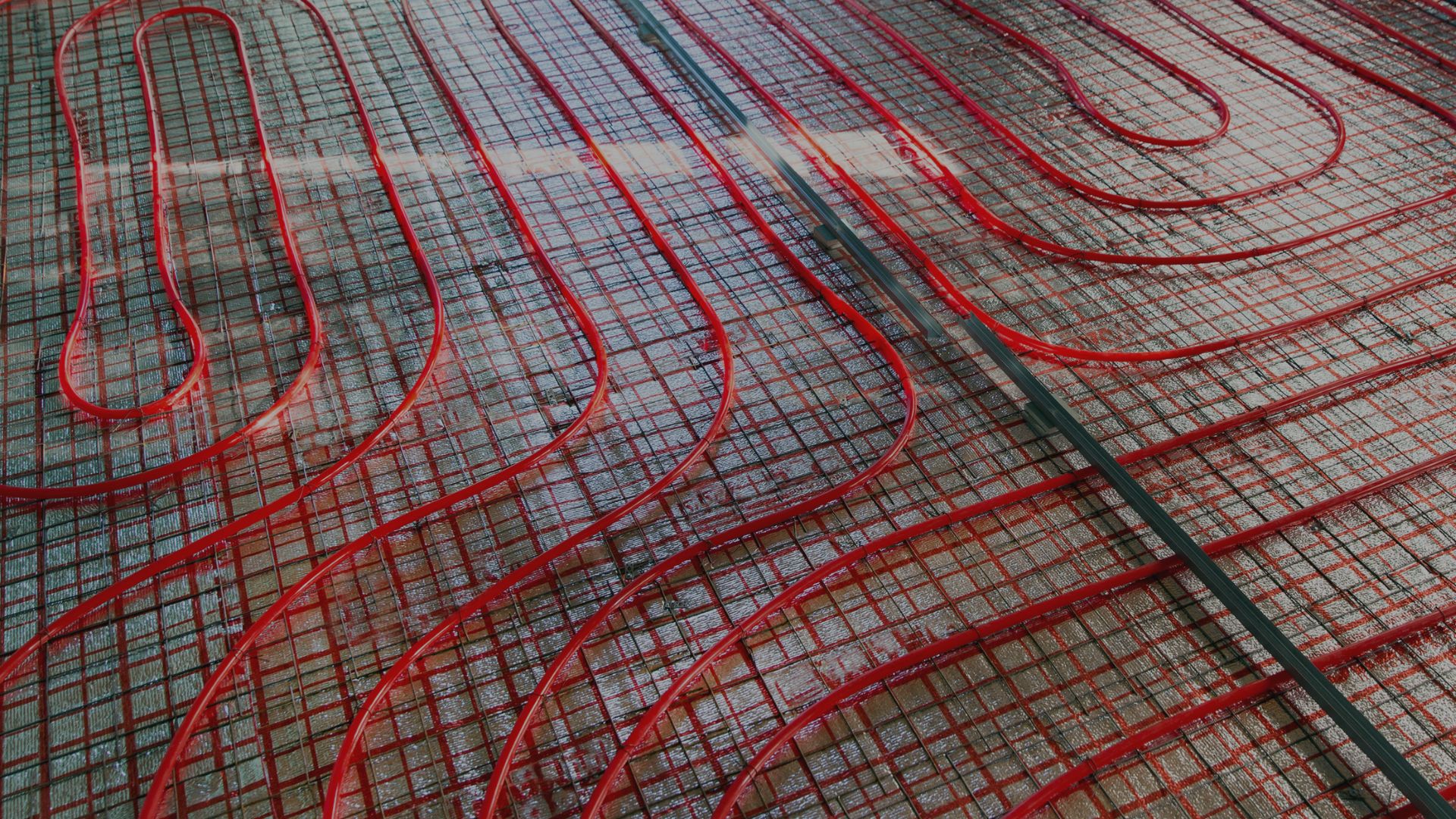Are you trying to choose between roofing materials and finding it difficult to compare them clearly?
You know what? People generally face the same challenge when installing or replacing a roof on their property.
The choice of shingle type can significantly impact your home’s appearance, protection, and budget for years to come. These roofing materials differ in more ways than you might initially expect.
Knowing these differences helps you make a smart choice that matches your specific needs and circumstances.
In this blog, I’ll show you everything you need to know about both shingle types and help you decide which option works best for your home.
What Are 3-Tab Shingles?
3-tab shingles are a traditional roofing material used on residential homes for many years. They get their name from three distinct tabs cut into each strip.
Each shingle strip features three separate sections that create a uniform pattern. The tabs are evenly spaced and identical in size across the entire shingle piece.
The manufacturing process involves creating asphalt-based shingles with cutouts. These cutouts form the three visible tabs that define this roofing material’s appearance and name.
What Are Architectural Shingles?
Architectural shingles, also called dimensional shingles, are a type of asphalt roofing material. They represent a different design approach compared to traditional flat shingle options.
These shingles feature multiple layers of material bonded together during manufacturing. The layers create the dimensional aspect that gives this roofing product its alternative name.
The construction process bonds multiple asphalt layers into a cohesive panel, giving architectural shingles their strength and thickness.
Homeowners and builders use these shingles on various residential structures. They have become a common choice in modern roofing projects across different regions and climates.
Key Differences Between 3-Tab and Architectural Shingles
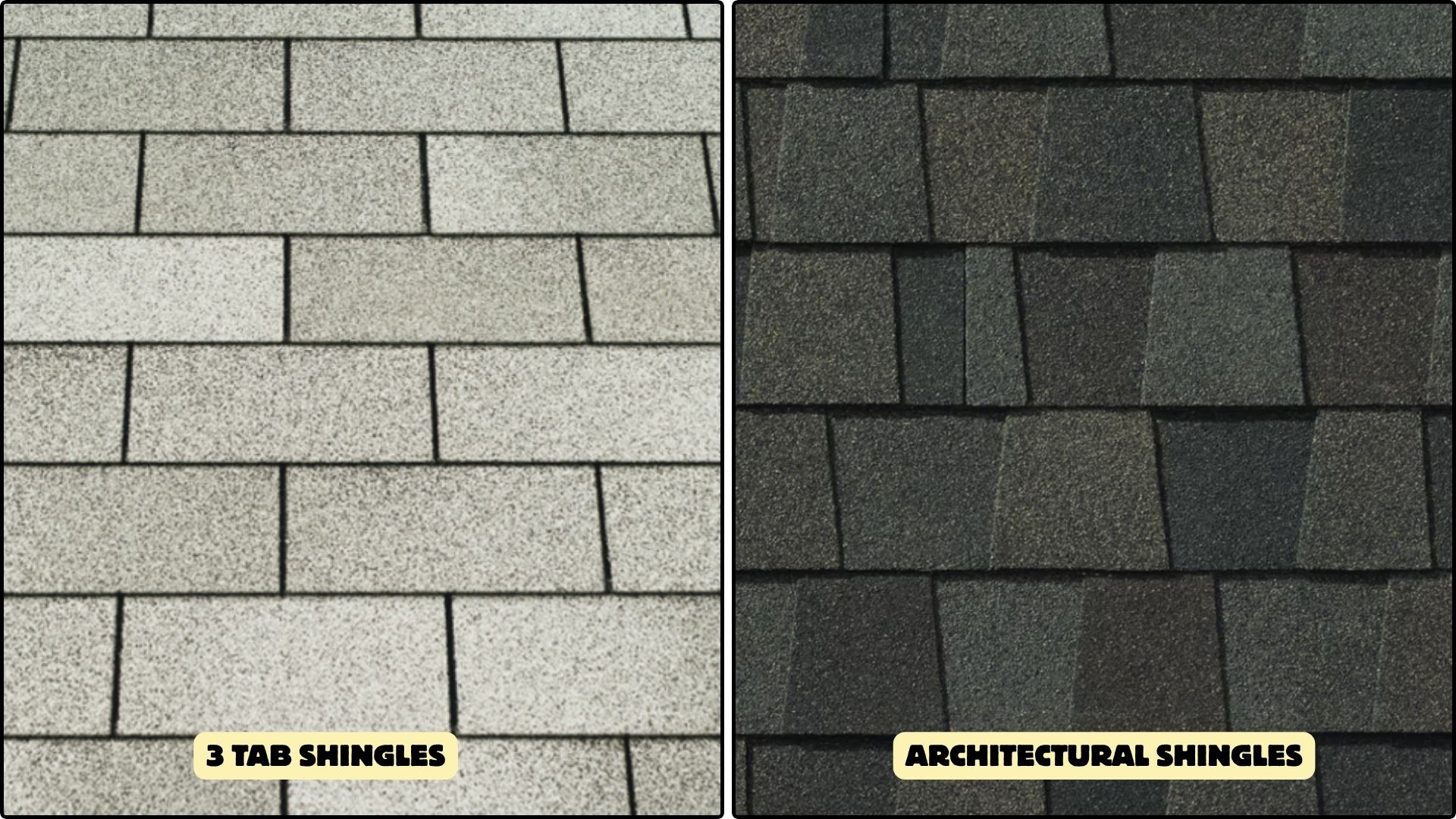
These fundamental differences between these two shingle types help homeowners make informed decisions. Here are the main distinctions to consider when comparing them.
| Feature | 3-Tab Shingles | Architectural Shingles |
|---|---|---|
| Construction | Single layer with cutouts | Multiple laminated layers |
| Thickness | Approximately 1/8 inch | Approximately 3/8 inch or more |
| Weight per Square | 200-250 pounds | 300-450 pounds |
| Installation Speed | Faster due to uniform design | Slower due to pattern placement |
| Profile | Flat surface | Raised, textured surface |
| Pattern | Repetitive, uniform lines | Random, varied appearance |
These structural and physical differences between the two shingle types affect how they perform and appear on your roof over their service life.
Durability and Lifespan Comparison
When comparing architectural vs 3-tab shingles, one major factor is lifespan and overall durability. Each option offers different performance levels based on its construction and materials.
The lifespan gap between these two shingle types is substantial. These differences help you estimate future roofing expenses and maintenance more accurately.
3-Tab Shingles
- Average lifespan of 15 to 20 years.
- Wind resistance up to 60-70 mph.
- Standard warranty coverage of 20-25 years.
- More susceptible to weather-related wear.
Architectural Shingles
- Average lifespan of 30 to 50 years.
- Wind resistance up to 110-130 mph.
- Extended warranty from 30 years to lifetime.
- Better impact and weather resistance.
This variation in performance determines the long-term reliability and the timing of your roof’s replacement. Consider your long-term plans when choosing between the two shingle options available.
Cost and Value Considerations
Money matters when selecting roofing materials for your home. Both shingle types come with different price tags and long-term financial implications.
Consider your financial timeline carefully. Short-term savings versus long-term value determines which option makes sense for your situation.
Upfront Investment
3-tab shingles offer the lowest entry cost, running 20 to 40% less than architectural versions. Installation moves faster, resulting in lower labor costs. This makes them ideal for immediate repairs or budget-conscious projects.
Total Cost of Ownership
Looking beyond initial expenses reveals a different picture entirely. Architectural shingles last twice as long, reducing replacement frequency. Maintenance costs stay lower throughout their service life.
Return on Investment
Home value increases more with architectural roofs installed on the property. Buyers pay premium prices for homes with quality roofing materials. Energy-efficient versions can cut utility bills in hot climates.
Aesthetic and Design Differences
Visual appeal varies considerably between these two roofing materials. The way your roof looks significantly affects your home’s overall appearance and the impression you make on your neighborhood.
| 3-Tab Shingles | Architectural Shingles |
|
|
The appearance you prefer depends on personal taste and home style. Both options come in various colors to match your exterior design preferences.
Which Type Is Best for Your Home?
Making the right shingle choice depends on understanding your priorities and circumstances. Let’s break down the decision factors to guide your selection process.
✓ Consider your budget and how much you can spend now versus over time for the roofing investment.
✓ Evaluate your climate to determine if severe weather requires the extra protection architectural shingles provide.
✓ Assess your timeline for staying in the home, since long-term ownership favors architectural shingles.
✓ Match your home style because modern properties look better with dimensional shingles than flat ones.
✓ Check local requirements, including building codes and HOA rules that might mandate specific shingle types.
✓ Review maintenance preferences since architectural shingles need less frequent repairs than 3-tab versions.
Weigh all these factors together to find the best fit. The right choice balances your immediate needs with your long-term home goals
Wrapping It Up
To summarize, selecting the right roofing material requires careful consideration of multiple factors in your situation.
Each shingle type serves different purposes and effectively meets various homeowner needs. Your final choice should reflect your priorities, lifestyle, and long-term home improvement goals.
Think about your financial capacity, local weather conditions, and how the roof complements your property’s appearance.
Consulting with experienced roofing professionals in your area provides valuable insights and accurate estimates.
They can assess your roof’s condition and recommend suitable options based on their expertise.
Ready to move forward with your roofing project? Share your thoughts or questions in the comments below!

